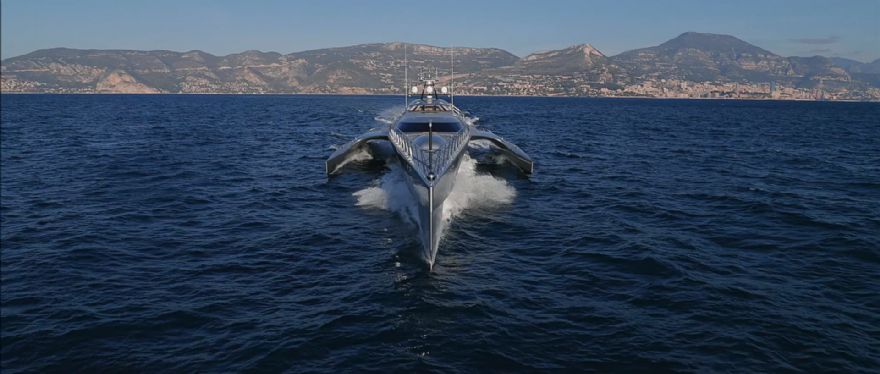
Oxfordshire-based
Williams Advanced Engineering (WAE) is working with
OXIS Energy Ltd, on the production of a world-first battery system, designed for an all-new 40ft electric luxury boat.
The craft, from Yachts de Luxe (YdL) of Singapore and designed by the renowned boat designer, Jean Jacques Coste, will be the world’s first-ever luxury boat to be powered by Lithium Sulfur (Li-S) cell and battery systems technology. The objective is to achieve a range between 70 and 100 nautical miles at cruising speed – setting new standards for range in electric boats.
WAE will be responsible for the ‘state of the art’ 400kWh battery system, which comprises ultra-light, high power/high energy density Li-S cells – provided by OXIS Energy Ltd – and the battery management system (BMS). The design and manufacture of the cell modules, the BMS and its installation will be carried out by WAE at its dedicated battery facility in Grove.
High-performance batteries and BMS are core to WAE’s business. The company was the original supplier of batteries to the entire grid of FIA Formula E World Championship cars in 2014, a relationship that has been revived for 2022-23 season with WAE being awarded the exclusive contract to supply the Gen3 battery system. WAE also supplies battery systems to ETCR and Extreme-E.
As well as having high gravimetric energy density and low predicted costs, the Li-S cells are a safer option for electric marine applications. Furthermore, OXIS’ Li-S technology contains no toxic or rare earth materials in the make-up of its cell technology, making it a safe option for open water transportation. At the end of life, the materials used in the Li-S cells can be disposed of without damaging the environment.
The latest programme celebrates a history of collaborations between WAE and OXIS designed to revolutionise the rechargeable battery market including a UK-funded, Lithium Sulfur Future Automotive Battery (LiS:FAB) project and the ALISE programme; a pan European collaboration focused on the development and commercial scale-up of new materials and understanding of electrochemical processes involved in Lithium Sulfur technology.
Craig Wilson, WAE managing director, said: “We are extremely proud to be involved in this exciting initiative which we believe showcases the way in which the UK is positioning itself to be at the forefront of this emerging market. In addition, the application has relevance for a number of additional sectors including aerospace, aviation, urban air mobility, transportation and defence.”
“As an organisation, WAE has huge expertise in the design, development and assembly of advanced battery systems, including a number of applications in the highly demanding world of motorsport.
Iain Wight, WAE business development director, said: “These lightweight, high-performance electrification skills have also been applied to other sectors and we are looking forward to working with OXIS Energy to further explore the potential in the marine sector.”
Huw Hampson-Jones, CEO, OXIS Energy, said: “Williams has a significant level of battery technology expertise and skills across the range of vehicle applications.
“This expertise, combined with OXIS Energy’s world-leading centre of expertise in Lithium Sulfur, gives vehicle manufacturers, on land, sea and in the air the confidence to engage with our next generation of rechargeable battery technology.”